cultură şi spiritualitate
Tea from China
A cup of wonder: how tea from China conquered the world

According to legend, tea was discovered when leaves fell off a tree in a pot of boiling water. The beneficial potion resulting from this coincidental collision was tasted and endorsed by Shennong: a mythological ruler nicknamed ‘The Divine Farmer’.
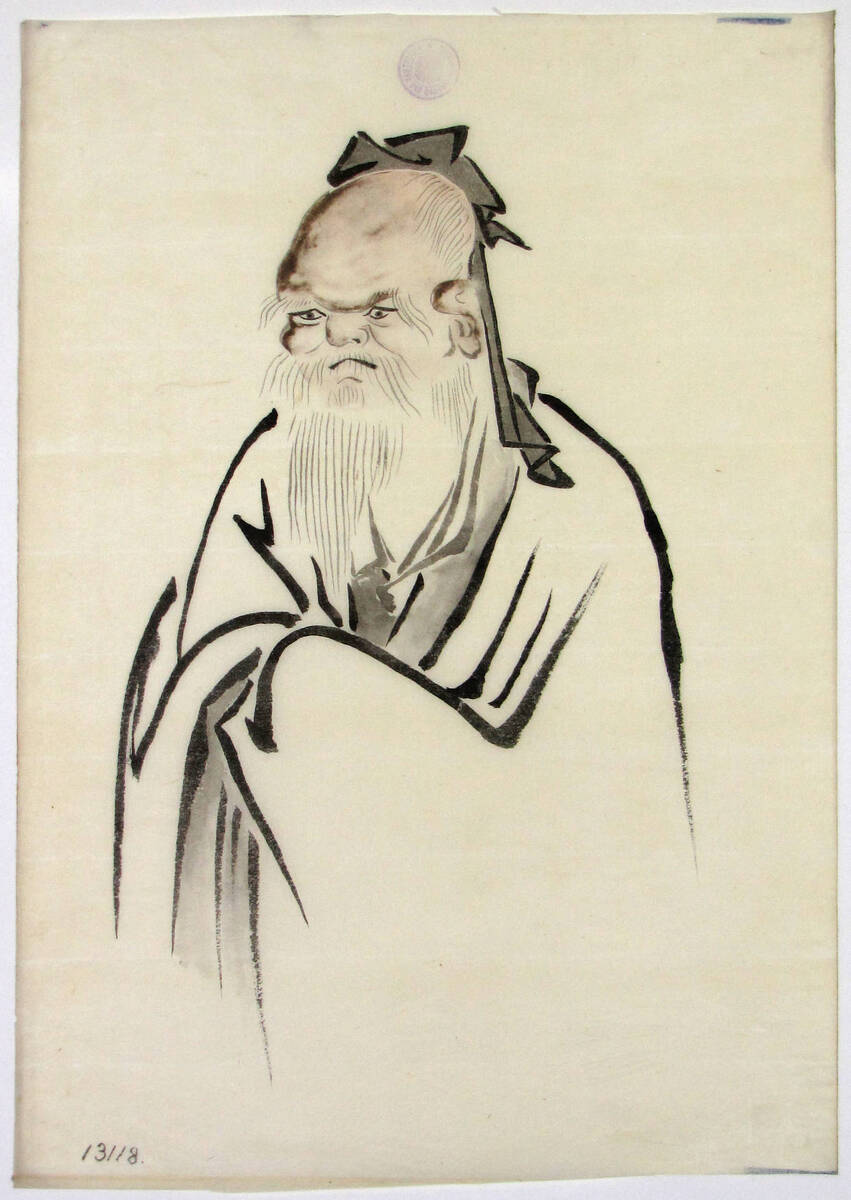
For millennia, tea was consumed as a medicinal beverage, before it became a social drink and a staple of the daily diet. At that point, around the 3rd century CE, tea cultivation really took off. The intricate process of producing and preparing tea became the pinnacle of Chinese inventiveness and finesse.
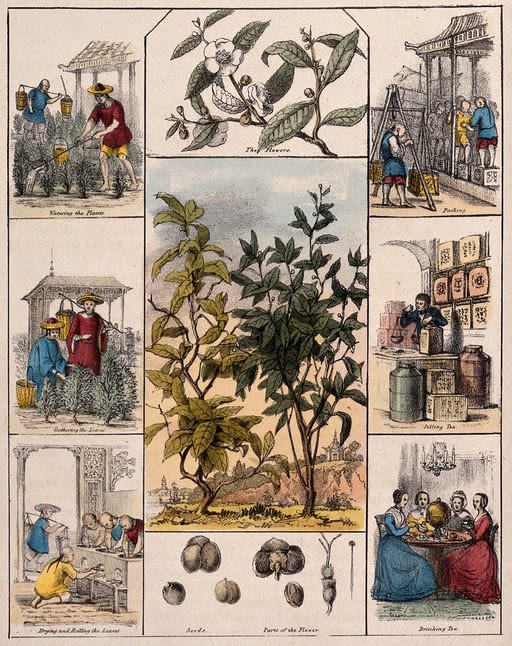
After harvest, leaves have to be wilted, oxidized and fermented, fixed, rolled, dried and - in some cases - left alone to age for years.
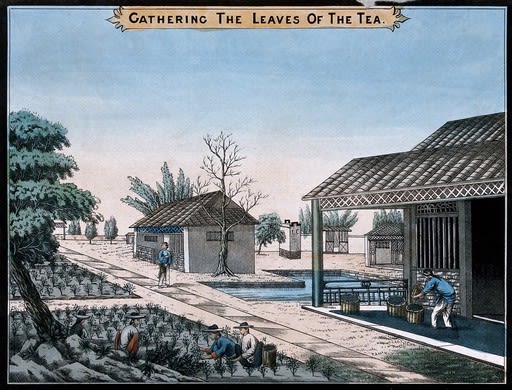
Then sorting and grading, sifting and breaking, packing and sealing the tea conclude the process.
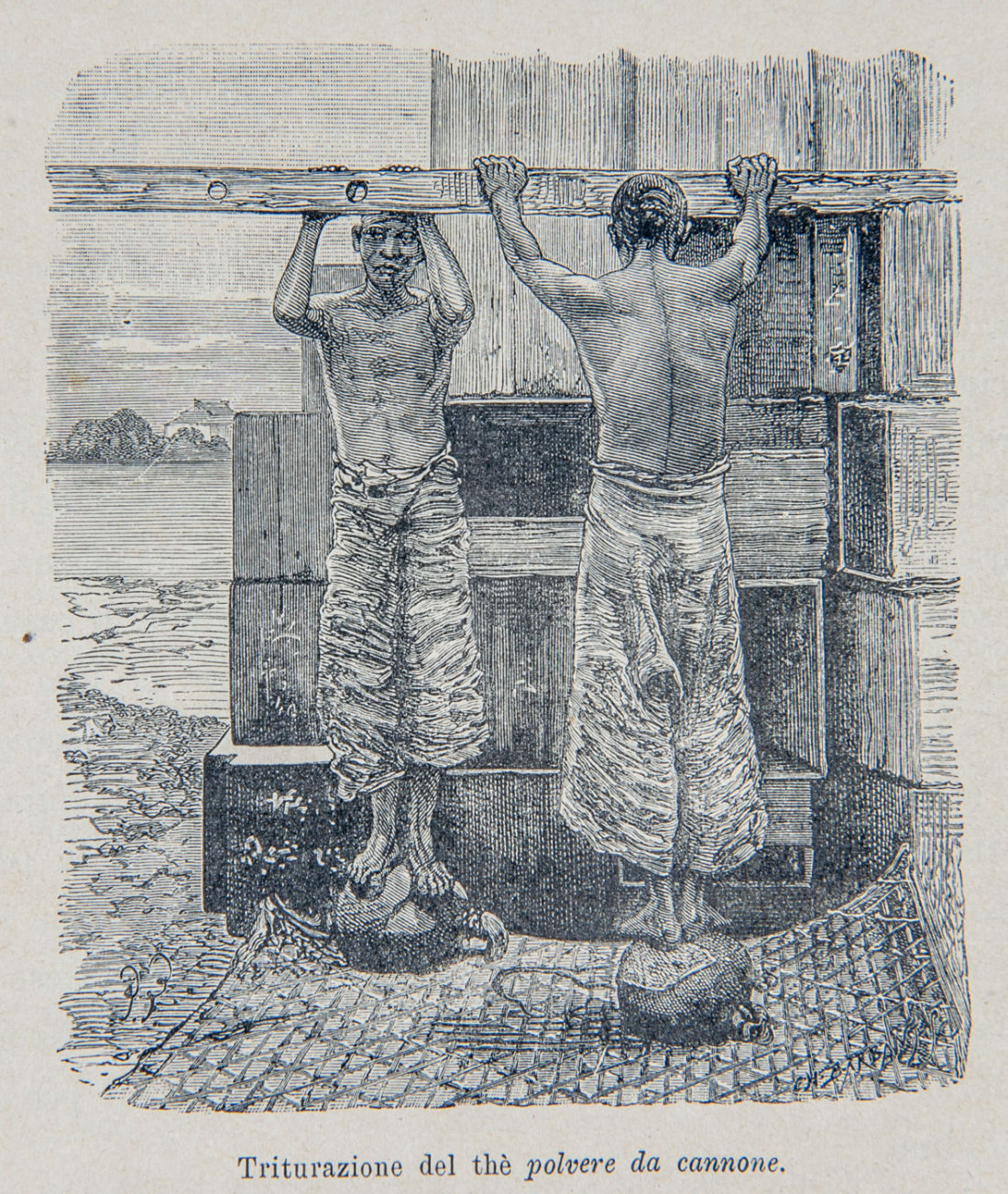
A plethora of guides and methods describing the intricacies of cultivating tea have been published throughout the centuries, both in and outside of China. Many travellers to China applied themselves to studying Chinese strategies and techniques, to later report on them in extensive publications.
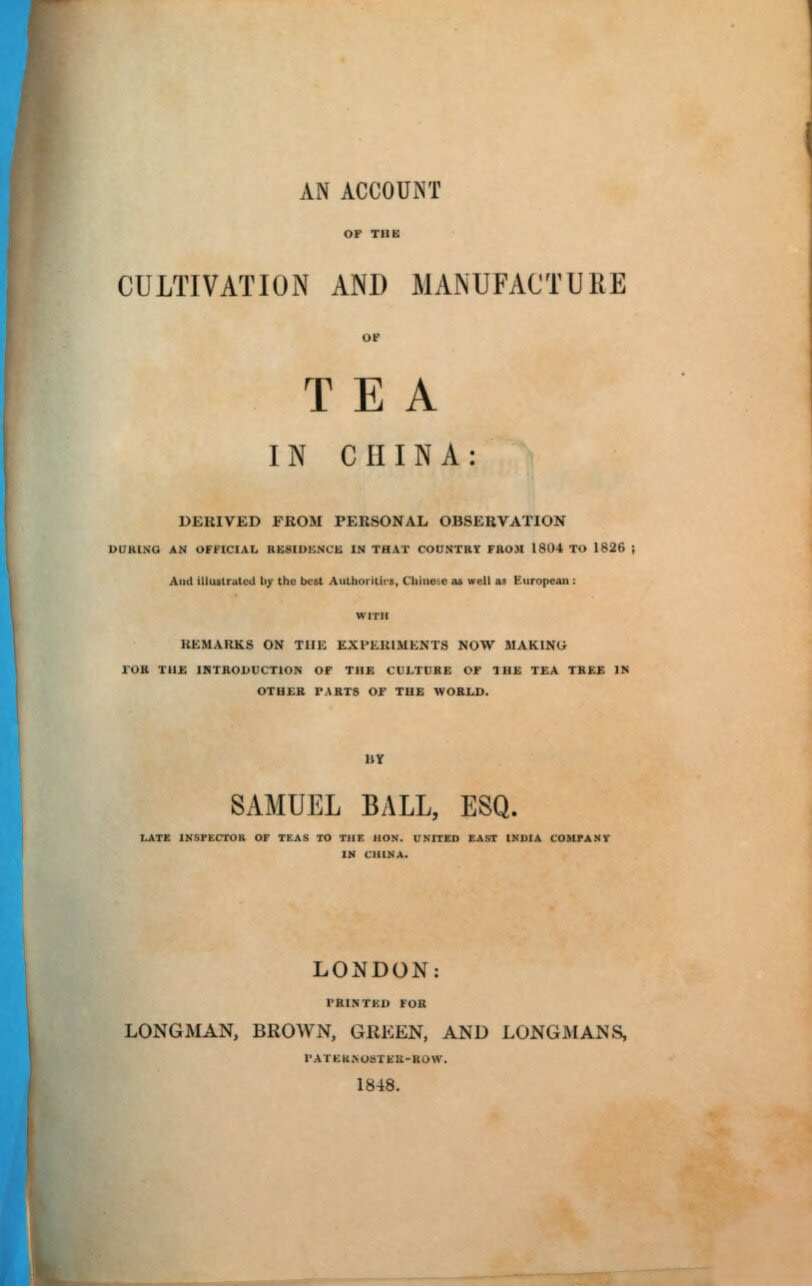
For many photographers too, the elaborate process and almost ritual handlings needed to produce tea have proven to be a lasting source of fascination and inspiration.
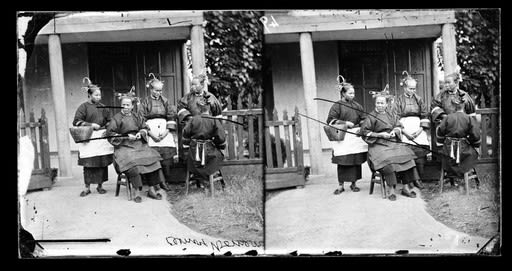
From cup to pot
As tea cultivation, preparation and consumption became part of a refined and formal ceremony with a social as well as a spiritual dimension, the need arose to switch from individual teacupstea cups to larger pots in which the drink could be prepared. In the Song era (960–1279) a special pot used for brewing tea is mentioned for the first time.
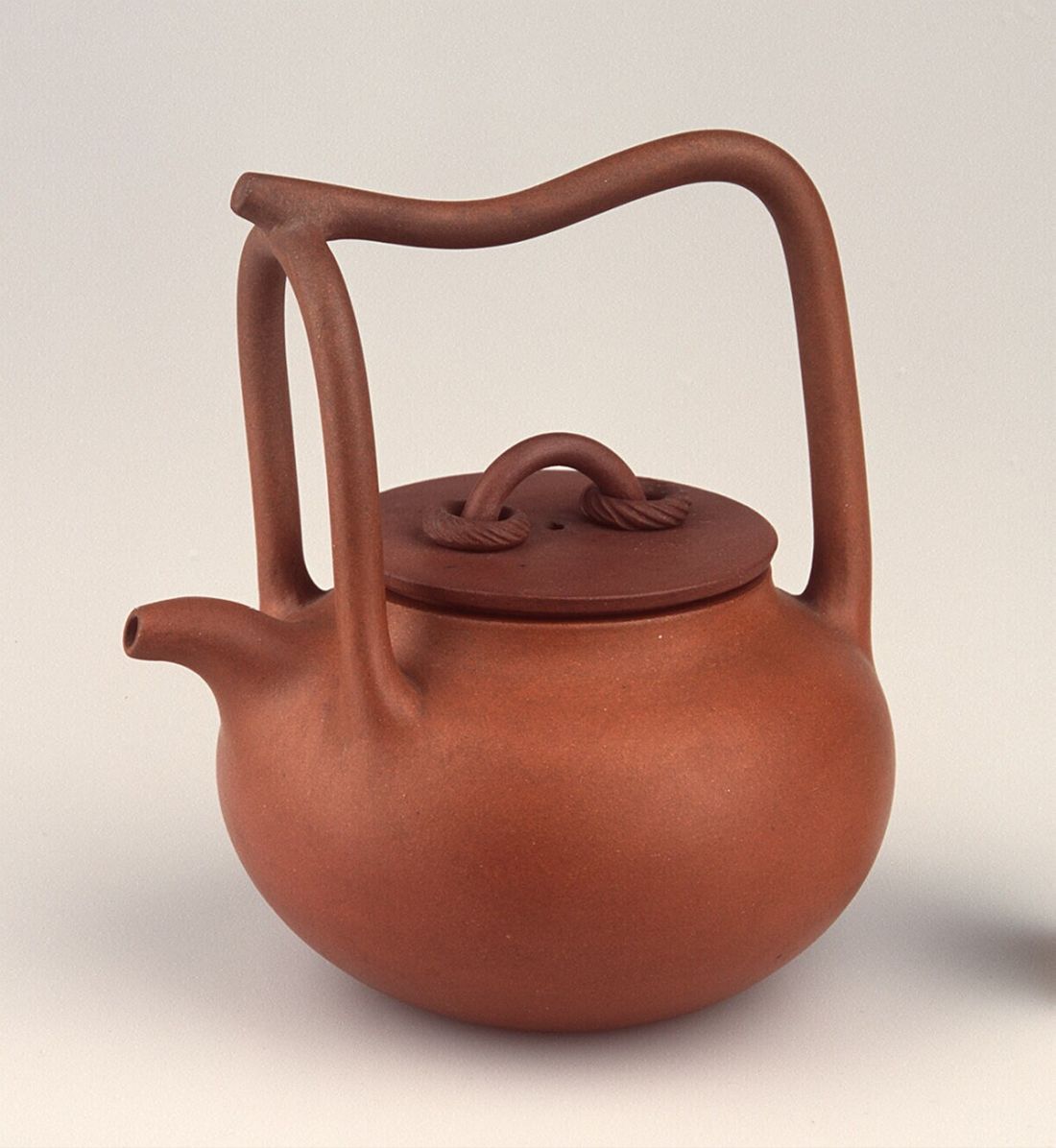
From the 16th century onwards potters from the Jiangsu province used their local clay to produce dedicated brewing pots. The reddish earthenware of the Yixing teapot has an exquisite texture and pots tend to grow more characterful with long-term use.

The small format, short spouts and clay material make these teapots stand out from the porcelain, long-spouted vessels later created in China for export to the West, where tea was brewed and consumed in a different way.
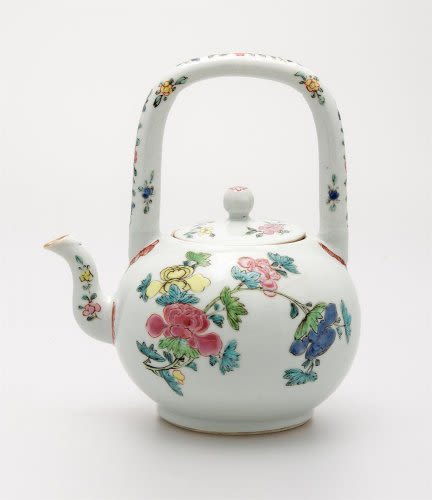
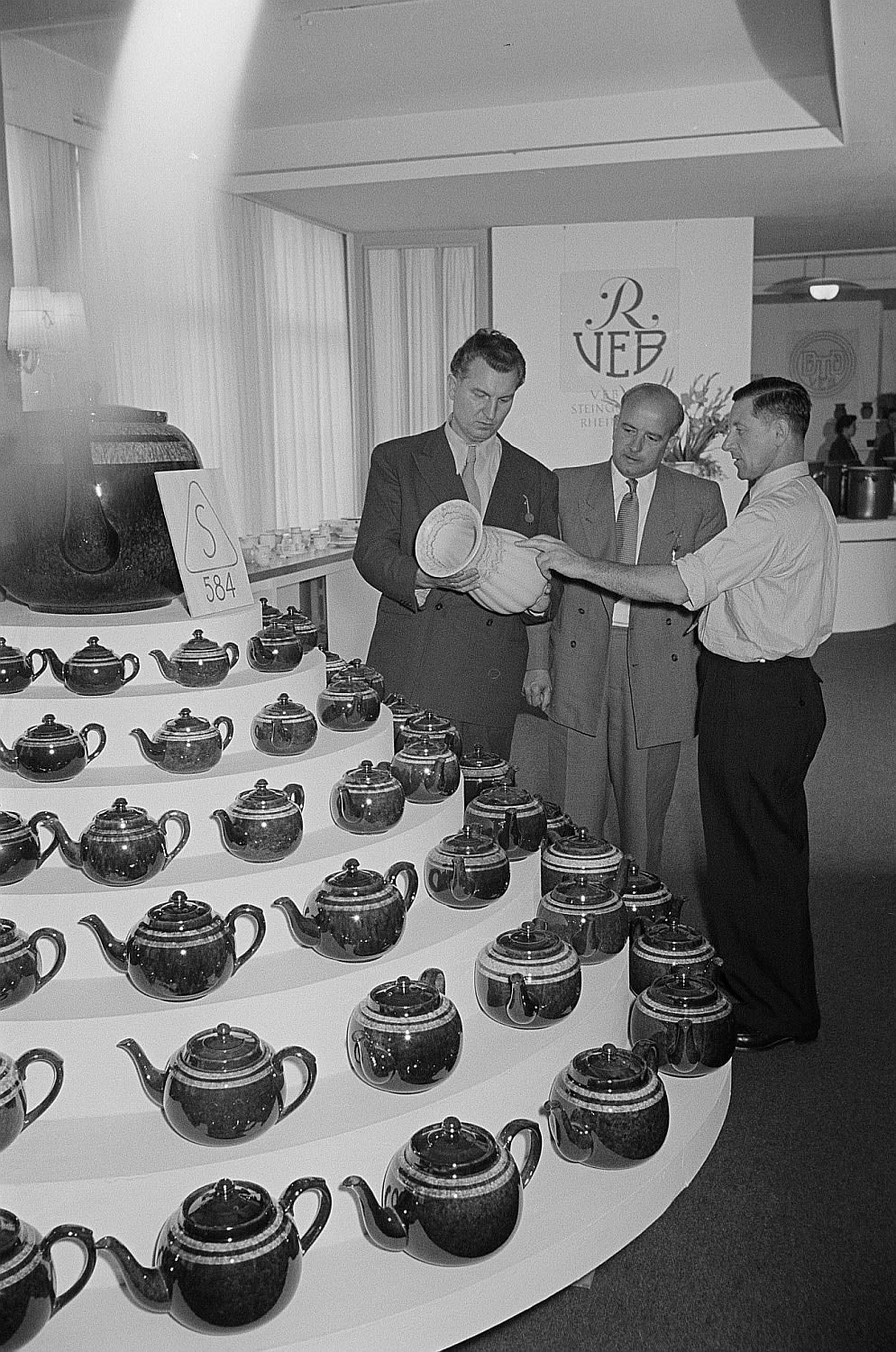
Vessels specially made for storing tea became a necessity too. Tea needs to be kept in a dark space, ideally in an airtight container, preventing the aromas from diffusing and protecting the costly product from harmful exposure to moisture or dampness.
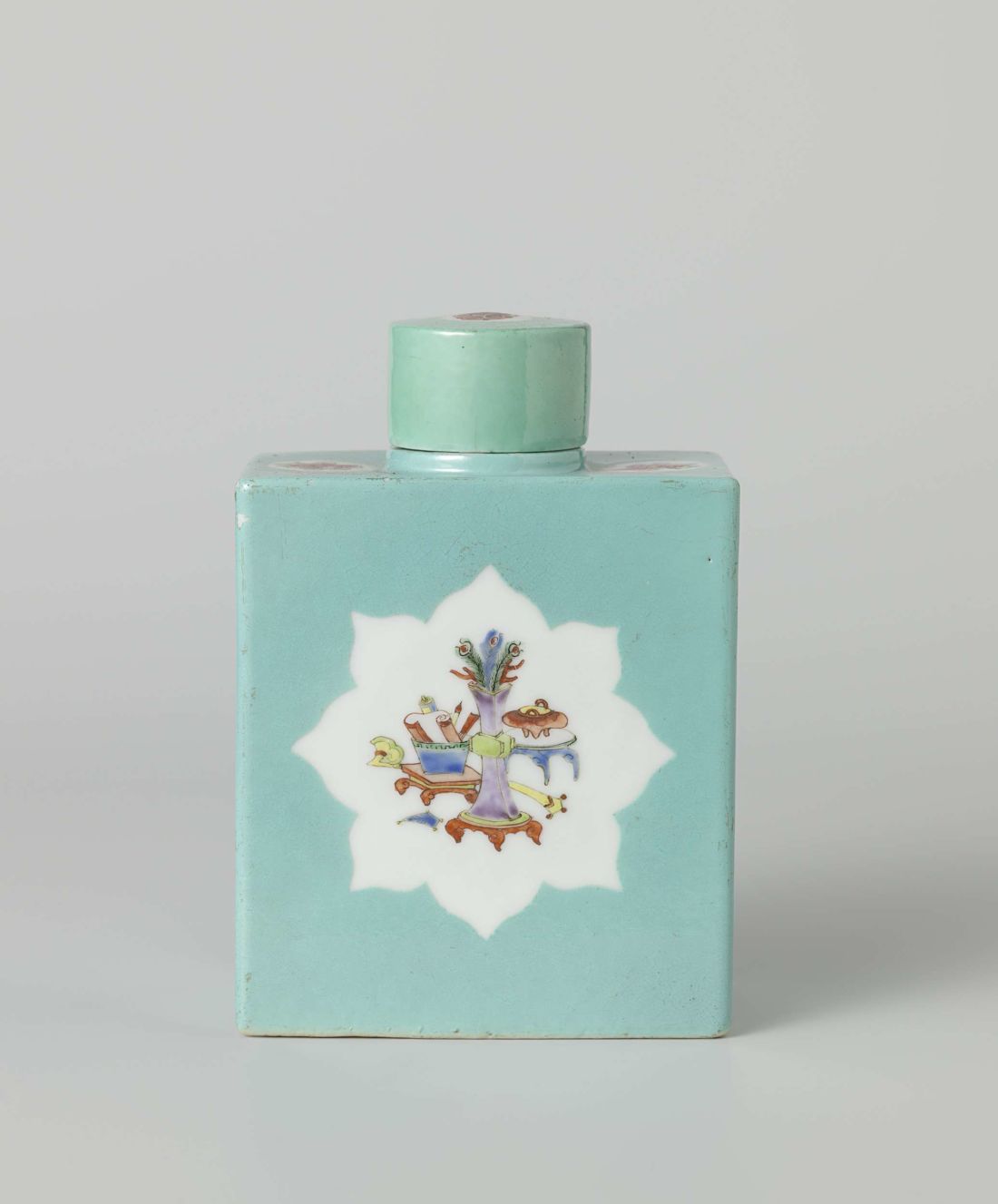
Boost for body and soul
Classified on the basis of provenance, the type of tea plant used, the ratio of large tea leaves versus smaller, broken grades, and the manufacturing process, tea today comes in a plethora of forms, strengths and tastes.
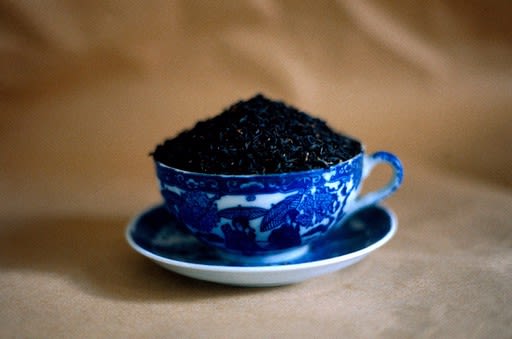
Green tea, with its typical pale colour palette, lemony taste and slightly bitter zing still is mainly grown in China, as are the more smoky flavoured oolong and pouchong teas produced in the south.

Green tea in particular is a worldwide favorite of the health-conscious, as it is rich in natural antioxidants, contains caffeine as a booster and fluoride against caries. Furthermore, having tea is associated with stress relief and mindfulness. With its spiritual and physical health benefits tea continues to be at the very top of the leaderboard of most popular drinks in the world.
Ceremony & culture
In China, ‘gongfu’ is the designation used for a particular tea brewing ceremony that aims at making tea ‘with skill’, so that it not only tastes good but also benefits the soul. By using a relatively high amount of leaves the brewer instigates a process that involves multiple infusions, each producing slightly different intensities and taste experiences.
Because of the symbolic aspect of preparing, sharing and consuming tea, it’s good to think before you sip: in Argentina you’ll insult your brewer by stirring your cup with the bombilla, while when Touareg tea is served you might be surprised by the panache with which it’s poured from great height.
In Russia, tea isn’t consumed with meals but during dedicated breaks. To prepare the brew, a samovar is used: a special device producing the strong-flavored ‘zavarka’.
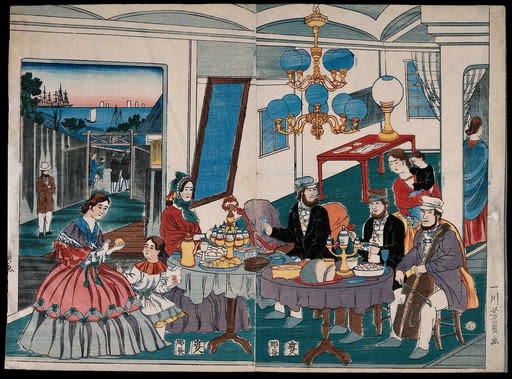
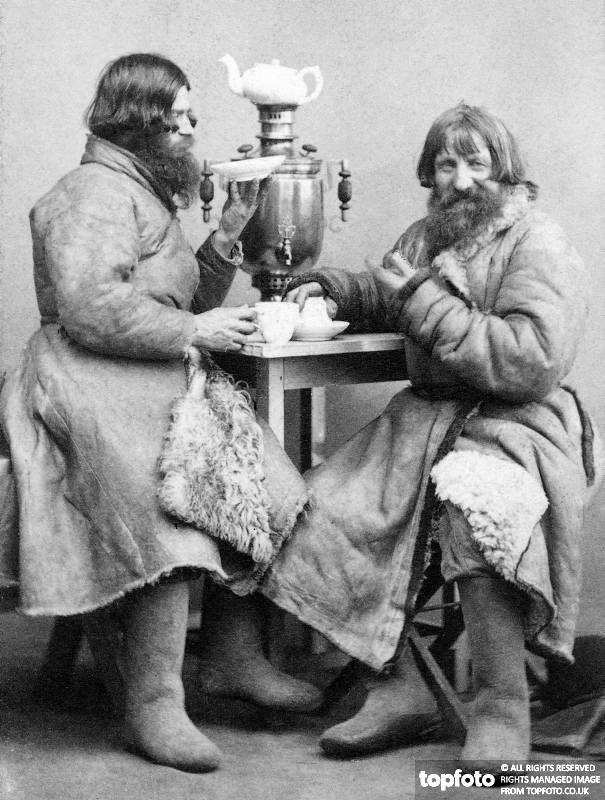
While brewing as well as enjoying tea entail different ceremonial practices in different parts of the world, most cultures regard the offering of tea as a gesture of hospitality and politeness.
A global phenomenon
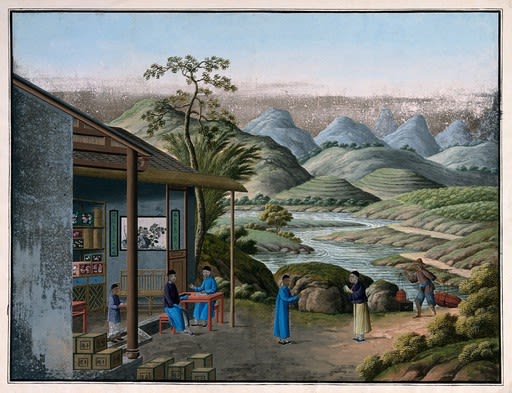
China tea reached mainland Europe with the Dutch East India Company early in the 17th century, followed by the English East India Company importing tea to London.
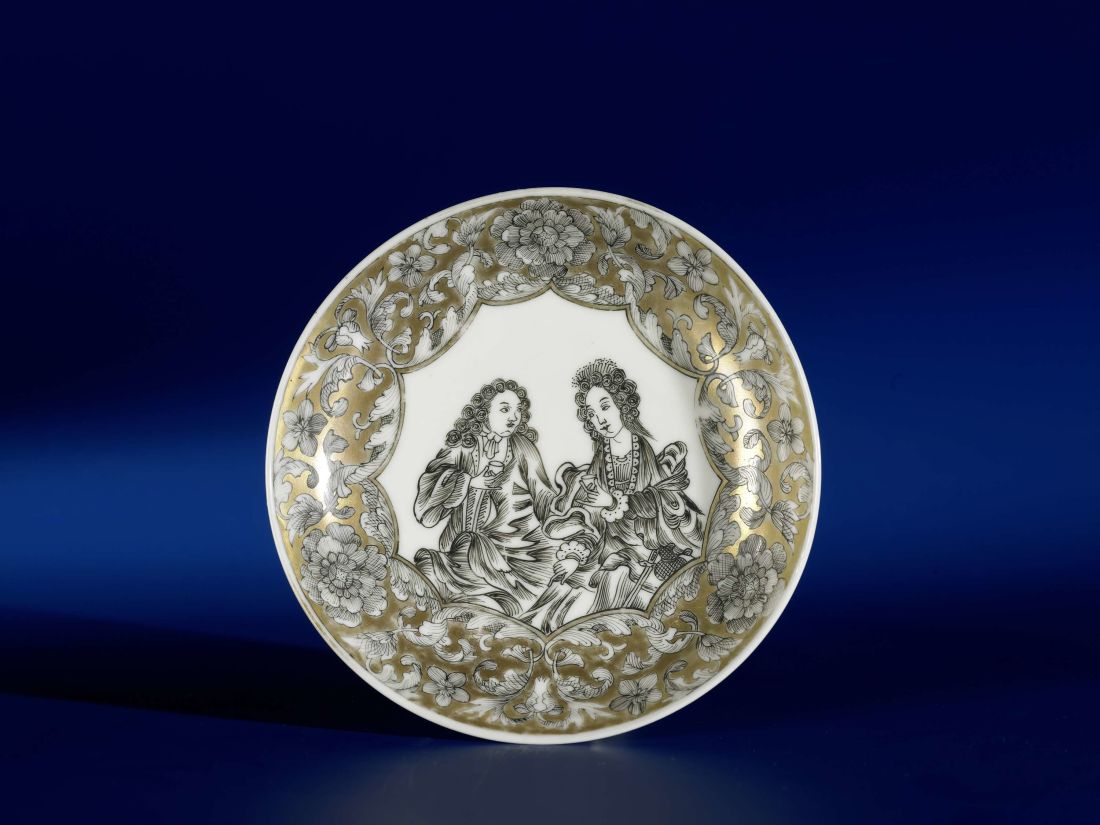
By the dawn of the 20th century, the whole world was sipping the aromatic beverage, from Kenya and Queensland to Russia and Peru.
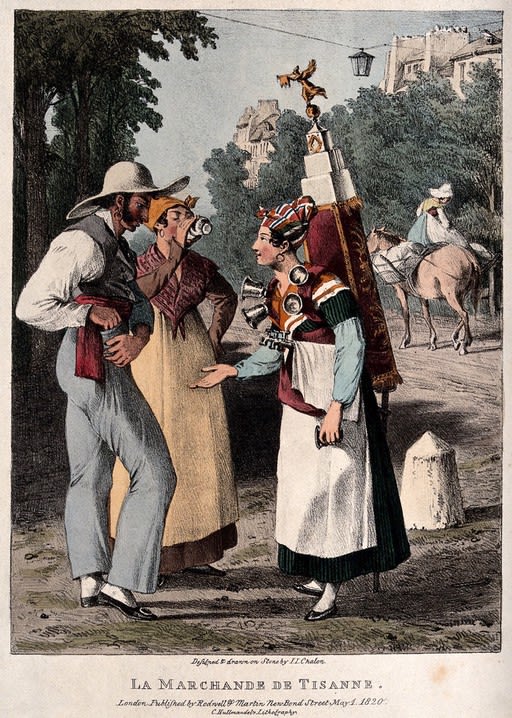
What people’s ‘cup of tea’ entails exactly, differs from country to country: enjoyed with a lump of sugar by some, others will add honey or lemon, yak butter or condensed milk, mint leaves, cinnamon or tapioca balls.
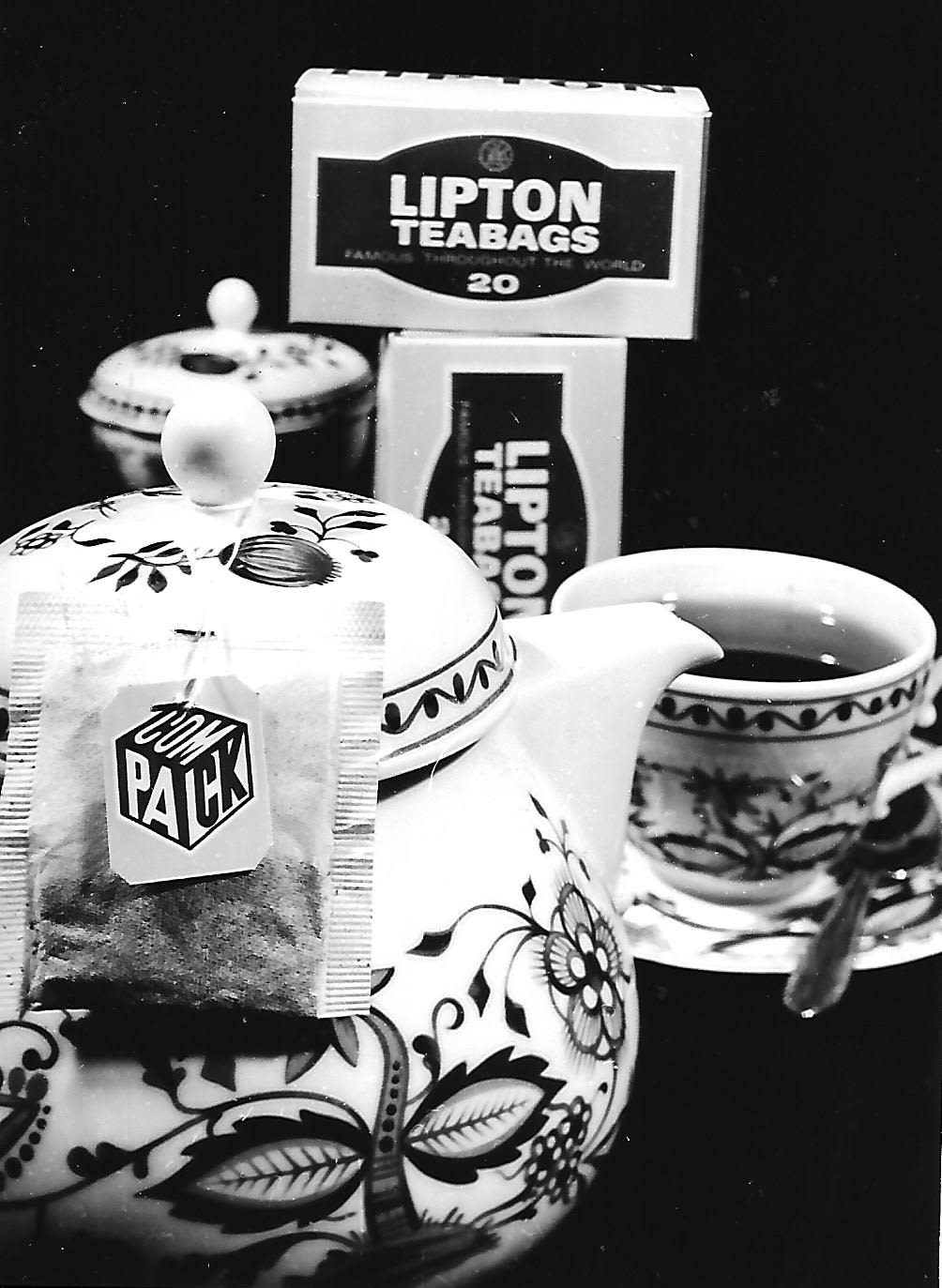
STATISTICI
Numar de steaguri: 273
Record vizitatori: 8,782 (3.04.2011)
16,676 (3.04.2011)
Steaguri lipsa: 33
1 stat are peste 700,000 clickuri (Romania)
1 stat are peste 100.000 clickuri (USA)
1 stat are peste 50,000 clickuri (Moldova)
2 state au peste 20,000 clickuri (Italia, Germania)
4 state are peste 10.000 clickuri (Franta, Ungaria, Spania,, Marea Britanie,)
6 state au peste 5.000 clickuri (Olanda, Belgia, Canada, )
10 state au peste 1,000 clickuri (Polonia, Rusia, Australia, Irlanda, Israel, Grecia, Elvetia , Brazilia, Suedia, Austria)
50 state au peste 100 clickuri
20 state au un click

DE URMĂRIT
1.EDITURA HOFFMAN
https://www.editurahoffman.ro/
2. EDITURA ISTROS
https://www.muzeulbrailei.ro/editura-istros/
3.EDITURA UNIVERSITATII CUZA - IASI
https://www.editura.uaic.ro/produse/editura/ultimele-aparitii/1
4.ANTICARIAT UNU
https://www.anticariat-unu.ro/wishlist
5. PRINTRE CARTI
6. ANTICARIAT ALBERT
7. ANTICARIAT ODIN
8. TARGUL CARTII
9. ANTICARIAT PLUS
10. LIBRĂRIILE:NET
https://www.librariileonline.ro/carti/literatura--i1678?filtru=2-452
https://www.librarie.net/cautare-rezultate.php?&page=2&t=opere+fundamentale&sort=top
14. ANTICARIAT NOU
https://anticariatnou.wordpress.com/
15.OKAZII
https://www.okazii.ro/cart?step=0&tr_buyerid=6092150
16. ANTIKVARIUM.RO
17.ANTIKVARIUS.RO
18. ANTICARIAT URSU
https://anticariat-ursu.ro/index.php?route=common/home
19.EDITURA TEORA - UNIVERSITAS
20. EDITURA SPANDUGINO
21. FILATELIE
22 MAX
http://romanianstampnews.blogspot.com
23.LIBREX
https://www.librex.ro/search/editura+polirom/?q=editura+polirom
24. LIBMAG
https://www.libmag.ro/carti-la-preturi-sub-10-lei/filtre/edituri/polirom/
https://www.libris.ro/account/myWishlist
http://magiamuntelui.blogspot.com
27. RAZVAN CODRESCU
http://razvan-codrescu.blogspot.ro/
28.RADIO ARHIVE
https://www.facebook.com/RadioArhive/
29.IDEEA EUROPEANĂ
https://www.ideeaeuropeana.ro/colectie/opere-fundamentale/
30. SA NU UITAM
31. CERTITUDINEA
32. F.N.S.A
https://www.fnsa.ro/products/4546-dimitrie_cantemir_despre_numele_moldaviei.html
Evenimente
Anunturi
 Această retea este pusă la dispoziţie sub Licenţa Atribuire-Necomercial-FărăModificări 3.0 România Creativ
Această retea este pusă la dispoziţie sub Licenţa Atribuire-Necomercial-FărăModificări 3.0 România Creativ

Parteneri
Note
Hoffman - Jurnalul cărților esențiale
1. Radu Sorescu - Petre Tutea. Viata si opera
2. Zaharia Stancu - Jocul cu moartea
3. Mihail Sebastian - Orasul cu salcimi
4. Ioan Slavici - Inchisorile mele
5. Gib Mihaescu - Donna Alba
6. Liviu Rebreanu - Ion
7. Cella Serghi - Pinza de paianjen
8. Zaharia Stancu - Descult
9. Henriette Yvonne Stahl - Intre zi si noapte
10.Mihail Sebastian - De doua mii de ani
11. George Calinescu Cartea nuntii
12. Cella Serghi Pe firul de paianjen…
Creat de altmariusclassic Dec 23, 2020 at 11:45am. Actualizat ultima dată de altmariusclassic Ian 24, 2021.
Top Members
© 2024 Created by altmarius.
Oferit de
![]()
Embleme | Raportare eroare | Termeni de utilizare a serviciilor










Pentru a putea adăuga comentarii trebuie să fii membru al altmarius !
Alătură-te reţelei altmarius